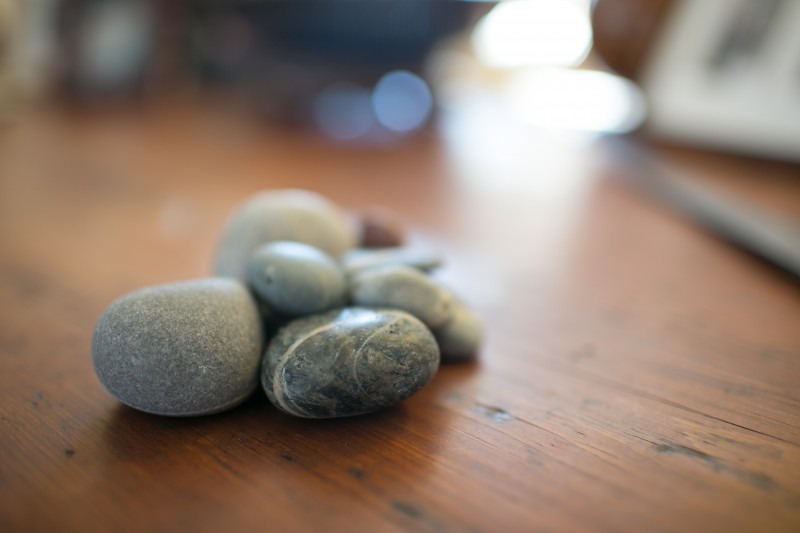Five Incredibly Cool Facts that Inspired The Five Stones Trilogy
As a reader, I love fantasy that goes beyond my wildest imaginings, but as a writer I am attracted to pieces of our history that set my mind-gears spinning. In The Five Stones Trilogy, almost everything is imagined—but here in our world there are real, historical artifacts that point to the existence of The Five Stones and to Ayda. So, I ask you? What is real? And if you think it, could it not be so?
- The Five Stones are at the center of the mythology on Ayda–and as happens with everything on Ayda, their destinies are reflected here on our side of the fog. In fact, three thousand-year-old replicas, or statues, of the five stones have been dug up in fields throughout Europe. There is a set on display at the Ashmolean Museum in Scotland. These stones are carved in shapes that replicate the symbols for the Platonic solids, but are far older.
- Up until the 1500’s, Medieval navigational maps of the Atlantic featured an island called Mayda, somewhere to the southeast of Newfoundland. The island of Mayda suddenly disappeared off all maps—almost as if it were universally erased from time, similar to other legendary islands like Atlantis, Mu, and Hy-Brasil. No one knows what happened, but perhaps I do, as you will read in my book.
- Dighton Rock is a forty-pound rock covered in petroglyphs and cryptic carvings that was hauled out of the Taunton River in Massachussetts. It now sits in a museum, part of the Dighton Rock State Park. Many theories exist about the carvings and who placed them there, but the one that resonates with me is that they are markings made by the Portuguese explorer, Miguel Corte-Real in the late-15th century, whose entire vessel was lost at sea in 1501. Supposedly. Or maybe not—maybe he got lost in the fog.
- The Nina, the Pinta and—most importantly—the Santa Maria. I can’t divulge too much about this because it has inspired much of what happens later in the trilogy, but suffice to say that the Santa Maria was shipwrecked off the coast of Haiti on Christmas Eve in 1492.
- Last but not least: the number 5 itself. Five is a mystical, creative number that, in numerology (and according to Pythagoras), is the number of nature and art and independence. In ancient American Cosmology, five holds a revered place, not only for the five major tribes, but also for the five epochs ruled by the sun: dawn, mid-day, afternoon, dusk, and nightfall. The five elements (fire, water, earth, air, ether) are the basis of life. All matter in the universe is composed of some combination of the elements. I could go on and on about the number 5—your five senses, for instance—but I’m out of space.
Happy reading, and may your daylights protect you! Hint: You can find out what the daylights are by reading the books….

